Zinc-ion batteries, which use abundant zinc in their electrodes, promise to be safer, cheaper, and more sustainable alternatives to modern batteries.
This is particularly the case for aqueous zinc-ion batteries, which use water in their electrolytes.
But it’s still difficult to make rechargeable zinc-ion batteries as powerful or as long-lasting as their competitors.
A team of researchers has figured out a way to make a powerful aqueous zinc-ion battery with iodine.
They’ve published their discovery in Science Bulletin.
Iodine has drawn interest from battery chemists because of its potential to make powerful zinc batteries, and its abundance. But it has low conductivity, and a tendency to corrode zinc, meaning the batteries don’t last long.
This team of researchers figured out a way to avoid both of these problems with iodine.
Their method uses a substance made from carbon fibres, calcium, and the metal molybdenum.
Zinc atoms mixed with this substance could charge and discharge with iodine atoms.
The team made an experimental zinc-ion battery that could retain 90% of its capacity after being charged and discharged 20,000 times.
“Our electronic structure regulation strategy provides robust guidance for constructing advanced iodine catalysts and optimising their battery performance,” write the researchers in their paper.
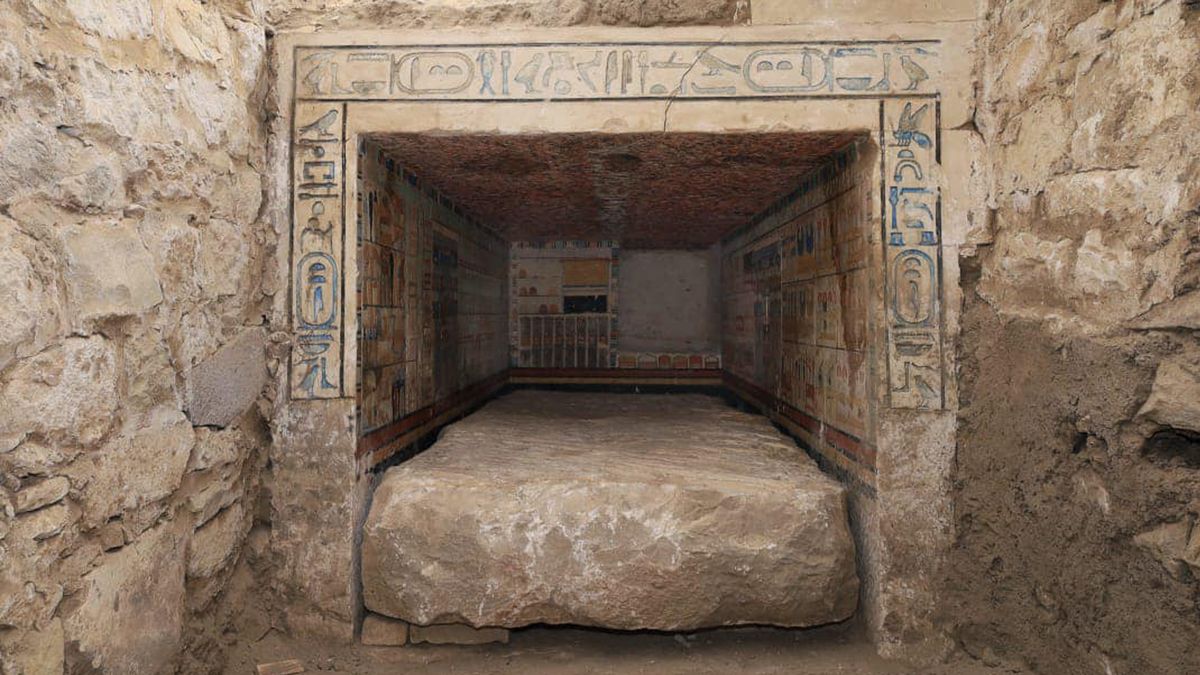
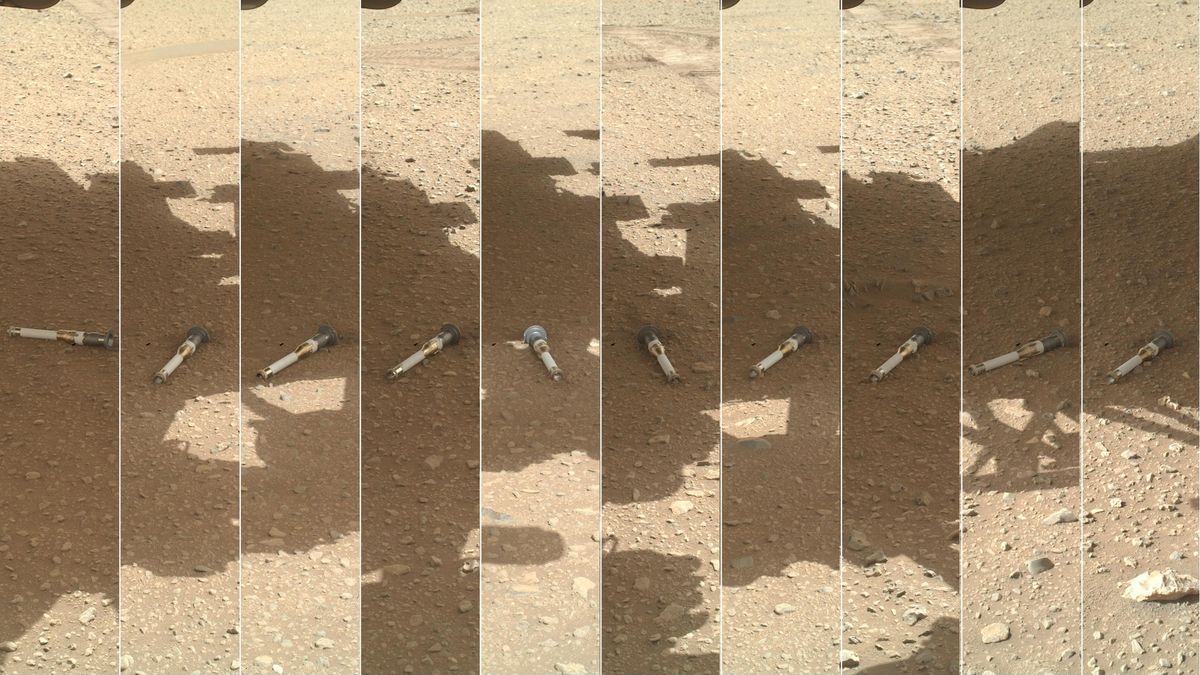


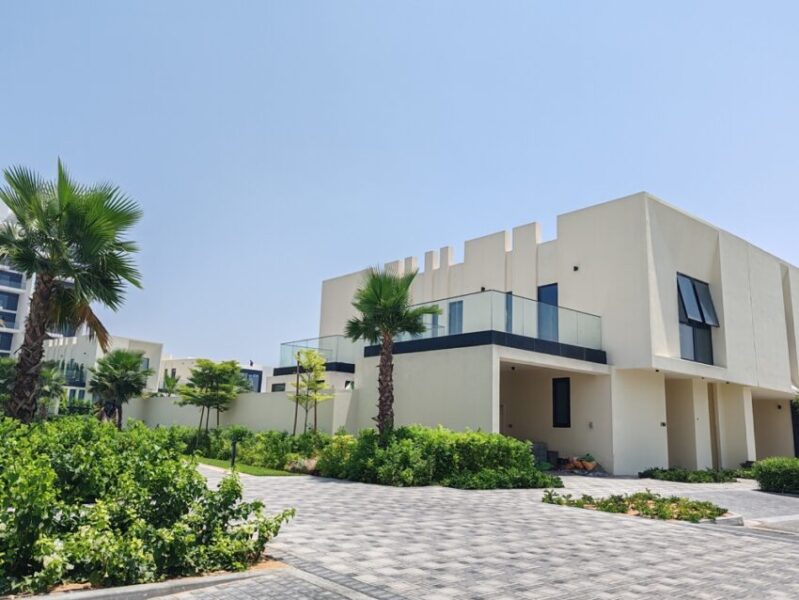
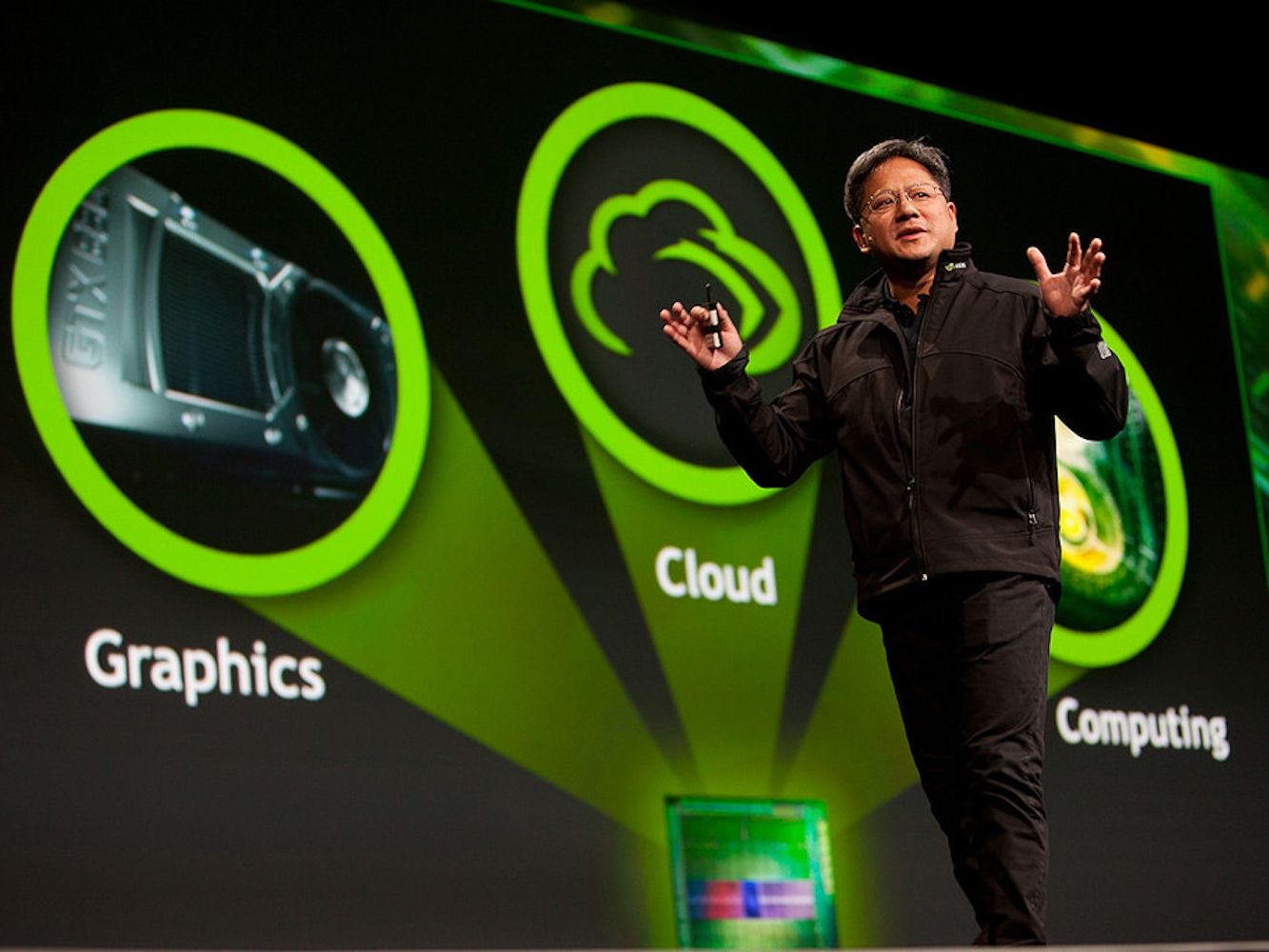
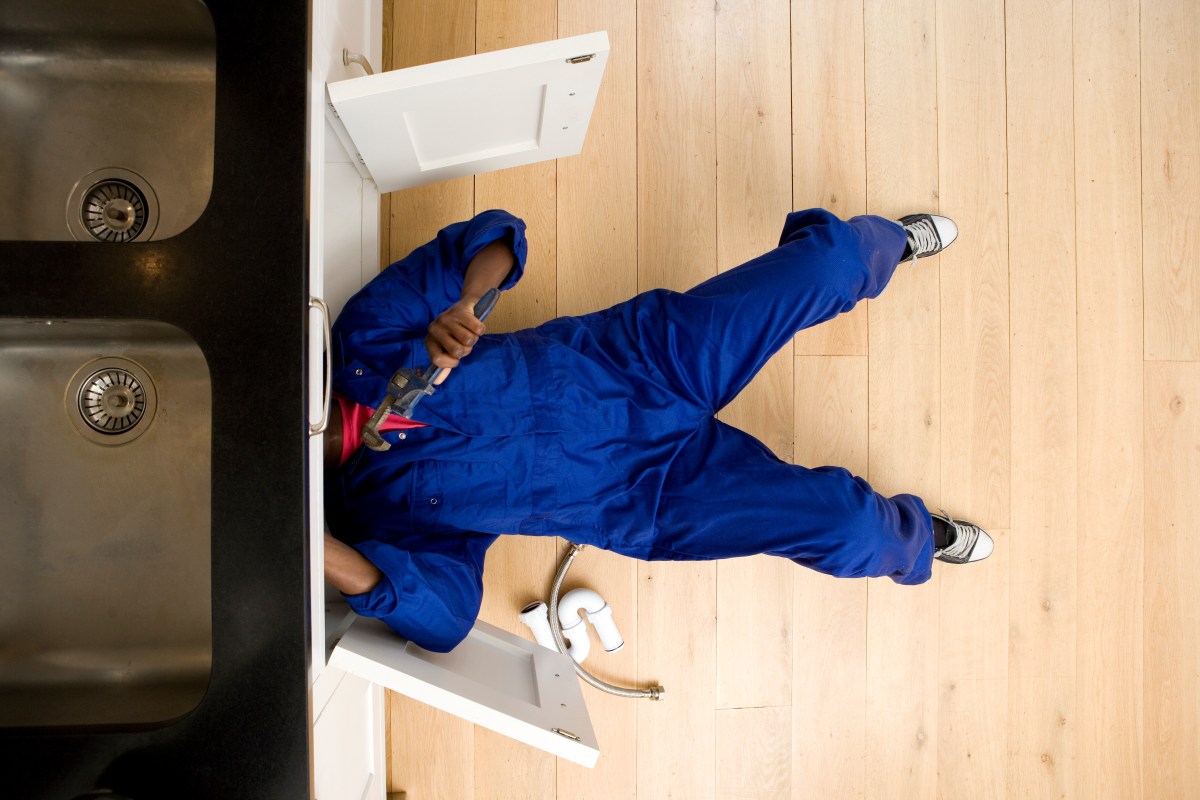


Leave a Comment